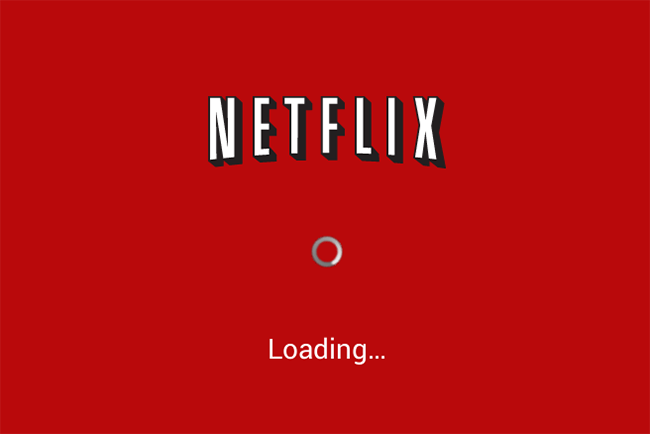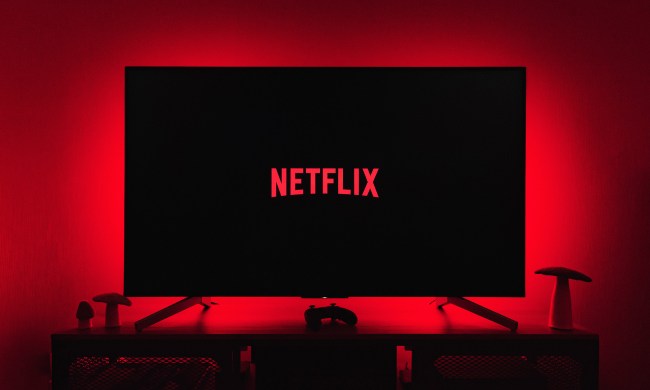
Netflix users across the country have been enduring extremely slow streaming rates and poor video quality lately. But nailing down the culprit is harder than you might think.
The growing feud between Netflix and Internet Service Providers has gotten pretty hot recently. While reading the headlines of the latest collision between Netflix and major ISPs, specifically the recently reported slowing of Netflix streams over Verizon’s Fios Internet service, its hard not to imagine “Showdown” by ELO playing somewhere in the background.
Netflix’s monthly ISP Speed Index report showed that streams from several service providers, including Verizon’s Fios and DSL internet service, slowed down in January. The report fed directly into fears that have been simmering since Verizon won a court case last month centered around Net neutrality, which stifled the FCC’s ability to regulate ISPs under current rules.
The verdict out of DC sent the Internet abuzz with fears of a new era of draconian rule by ISPs. The already powerful conglomerates ostensibly gained the freedom to charge more money to some companies for use of their Internet pipelines than others, setting up a pay-to-play scenario. First on the list, many worried, would be Netflix, a company which at last tally accounted for up to 31.6 percent of North American Internet traffic in peak hours.
Fuel was added to the flames when a recent Blog post by David Raphael of iScan Online posted a screenshot of a chat with a Verizon representative, who admitted that Verizon was limiting the bandwidth of cloud providers to intentionally “throttle” speeds from streaming services, including Netflix. Verizon representatives have vehemently denied any so-called “throttling,” blaming the speed loss instead on individual servers, and the routing of traffic.
However, even if Verizon’s claims are true and no throttling is taking place, Netflix has run into a basic logistics problem. By many accounts, the company has simply tapped out the speed of the existing video delivery infrastructure. To solve the issue, Netflix has been trying to get ISPs on-board with its Open Connect program, which is essentially an open gateway that pumps Netflix streams straight to ISPs, with no twists or turns along the way.
But the big boys like Verizon, Comcast, Time Warner Cable, and AT&T all want compensation from Netflix to switch to the Open Connect system. As the Wall Street Journal reports, executives from many major providers also maintian Netflix is to blame for the streaming issues that are popping up across the country, claiming the company is sending its streams inefficiently.
While the two sides fight it out like school children on the playground, a bigger issue is at play. Net neutrality and general network configuration issues have the potential to do more than just slow down your favorite Breaking Bad episode. Apart from concern for the future of streaming video, many fear the loosening of FCC regulations could also set a troubling precedence for the entire structure of the Internet going forward, in which big money is required set up shop. And without a level playing field, smaller companies may not be able to compete with larger, long-established corporations who took advantage of the old rules.
The FCC is already working on a new method to regulate ISPs, detailed in Digital Trends’ recent report on the subject. But as for now, there are plenty of balls in the air, with the future of video streaming, and the basic structure of the Internet itself at stake.
How’s your Netflix streaming going? Have you noticed a slowdown in speeds, and if so, who is your service provider? Let us know in the comments below.


